Michael Zagaris, better known as the Z-Man, has been shooting rock and roll for over five decades, notably for the Rolling Stone magazine, and he knows the beat inside out. In fact, they call him the “Inside Out Shooter”. So hang on tight. Here we go with the Z-Man.
Composition and Vision
What you’re doing, whether you’re a still photographer or whether you’re a cinematographer or videographer, you want to see, when you’re done, what you want to see when you start out. What is your vision? If you’re doing people, that’s certainly important. But you also might want to frame it in the context of where you’re at. That’ll tell a story too. The backdrop, the angle, the lens. The lens really adds a lot to your composition. Whether you’re using a 50mm lens, or if you’re using a wide angle lens to incorporate more of the background or the room. That’s all important.
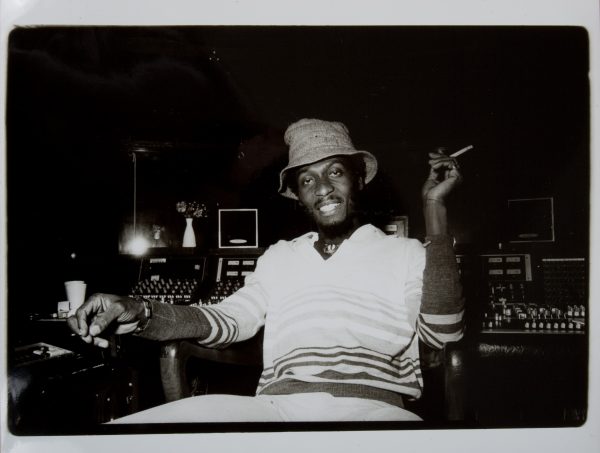
Photo by Michael Zagaris
That being said, I usually have in my mind what I want. If I were shooting in here today and I had never been in here and it was one of those things where, “you’re going to have a half an hour, 45 minutes with somebody.” As I walk in, I kind of take the room in and if you know who you’re going to be shooting, in your own mind, pretty much sorted out quickly what you think is gonna work. And it’s very subjective in the end, what we do. It’s basically our vision and it’s not unlike a visual diary. You’re doing it for you and then you’re sharing it with other people.
Becoming What You Shoot
I’ve always considered myself more in the vein of photojournalism. I like to capture, if not reality, things that appear to be real. I’ve always considered what I do in my approach to it, more like being an actor. Where you put on the clothes and it’s very Stanislavsky. You become what you shoot. That’s why I actually got into it. It’s allowed me to live out various movies as a character in the movie while documenting it at the same time. And it’s always given me cache and entree to situations where you’d never get into unless you were doing this.
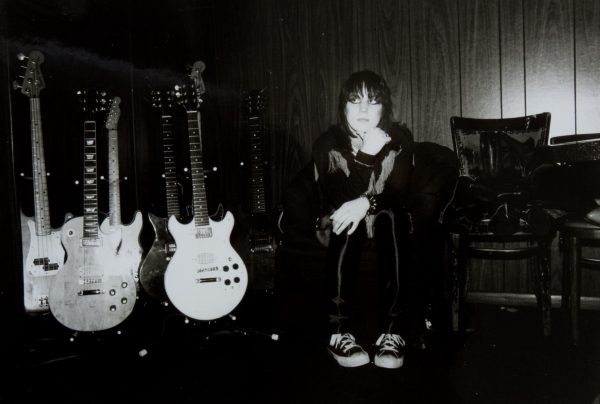
Photo by Michael Zagaris print
I’ve always wanted not only to experience what I’m shooting myself, but bring people that are viewing my work behind the scenes. Whether it be in music, politics, street scenes, sports, and give them the vision of the very people that I’m shooting. And I wanted to bring people behind the scenes and show them things that they’ve never seen.
Connecting
I could sit here and tell you how I do it, except I don’t know. I’ve always just kind of flowed with it and it’s just like dancing or anything else. You’re there, you’re talking or you’re not talking and you’re moving and you’re capturing it. And it’s never been with me much of a thought process. That’s actually been maddening to some people. They’ll say, “oh, how did you plan this?” Or “what was your f-stop” I know these things, but that’s never been important.
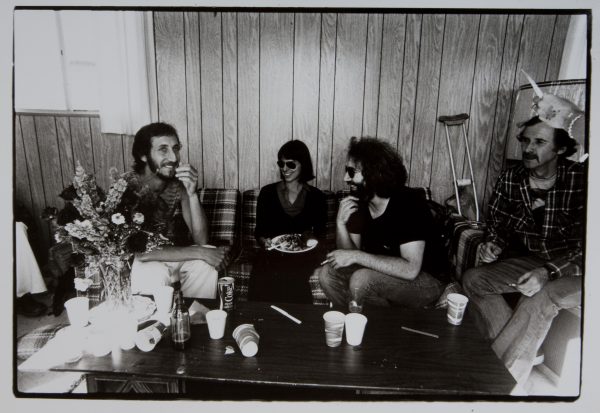
Photo by Michael Zagaris print
It’s all about the flow with me and I’ve tried to, whatever I do, hopefully really connect with my subject or environment and who I’m shooting with. Sometimes it’s easy. It’s about being a person that pays attention. I mean viscerally in your soul and try to read where you are and who you are and how you fit in, in relation to your subjects. Sometimes it means almost being invisible. Other times it means really relating to an individual or groups of individuals.
Steps in a Shoot
It depends on what kind of shot. If I’m going to do a cover, where we’re going to go in a studio and do something, I might start a couple of weeks ahead of time by thinking, “okay, I’m going to do so and so for this magazine cover. What do I want to do? How do I see them?” And I’ve got stacks of magazines that go back to the late 60’s, early 70’s. And they’re not just photo magazines. Most of the things I draw on are things like Italian Vogue, English Vogue, French Vogue. A lot of European magazines and books. I might take a couple of days just going through and getting idea. And then, if I’m going to shoot you, for instance, you and I talk about it.
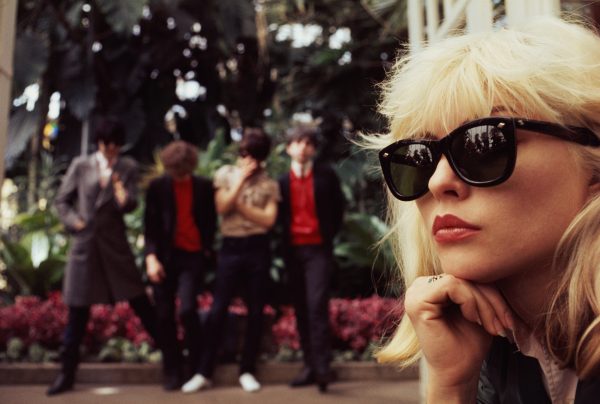
Photo by Michael Zagaris
And I’ll say, “We could do this, this, this, this, and how do you feel about it?” Then I usually tell them, “You know what? This isn’t about me taking just your picture. I want more than that. Let’s, let’s do something that in 40 or 50 years, you can look back on and go, this is incredible. This is dynamite.” I want you to act or to be either who you are or who you think you are or who you’d like to be. But you have to put it out there. And I don’t care if there’s 80 people here. There’s just you and me and that’s hard. But you let’s try to do that.
Capturing Real Moments
Most of the things I shoot, I shoot because I want to explore more. I want to be there. I want to become that moment or be with these people. If for instance, shooting baseball. For me, it’s no different than a player. From the moment I walked through the doors of the clubhouse in my mind, I’m a player. I’m a major league ball player and I’m preparing for the game. People know, it’s like you’re part of the team and they not only don’t give you any shit, they don’t mug for the cameras. And you’ve become, if not invisible, part of their teammates. That allows you to capture them as they really are. More of like a reality TV, without the non-reality. And it allows me to approach it as if I’m getting ready for the game.
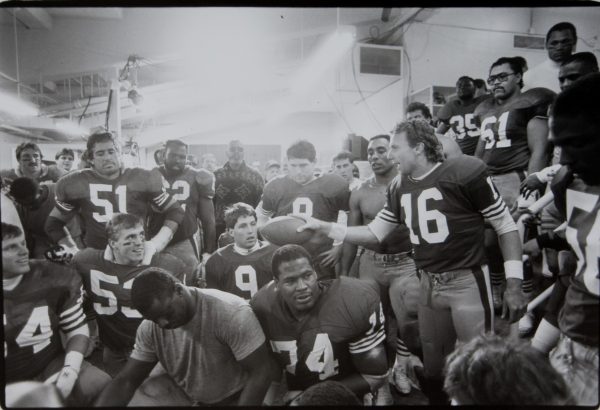
Photo by Michael Zagaris
With the Rolling Stones, I remember in ’72, before they’d go on stage, they had a makeup artist. Depending on who it was, whether Mick had a lot more rouge, then there’s eye shadow, and Egypt coal. Then I’d sit down and I’d get some on, because I figure if you’re going to capture the experience, I want to be what I’m shooting. Now there are some people that’ll tell you that’s bs. You’ve got to be objective and you know what? I’m not going to say they’re wrong. That’s how they approach it. If and that’s their vision of it, go for it. But for me, I’ve got to really be involved.
Advice for Photographers
Just remain engaged and always be open. Try to see and feel everything and just capture it. I think the most important thing is to shoot what really moves you and shoot what you feel. Whether you’re doing it just for pleasure as an amateur or whether you’re doing it for a job. Something that really resonates in you and moves you. Because chances are if it moves you, it’s going to move some other people too.
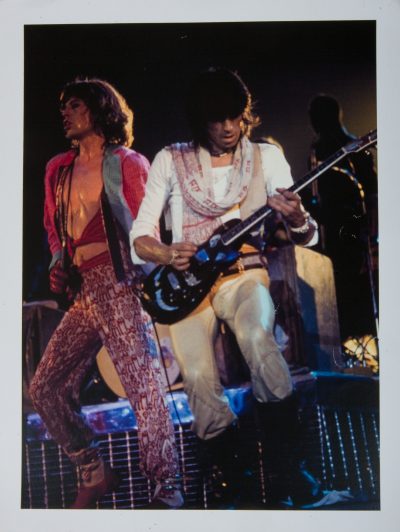
Photo by Michael Zagaris
Thanks for joining again. I hope you enjoyed hearing from the Z-man about shooting rock or anything and will put it to use for yourself. Be sure to subscribe to our YouTube channel and follow the blog to keep up with all of our content. And please share like, and leave your comments. We love hearing from you. And remember to get out and capture your own images of life.

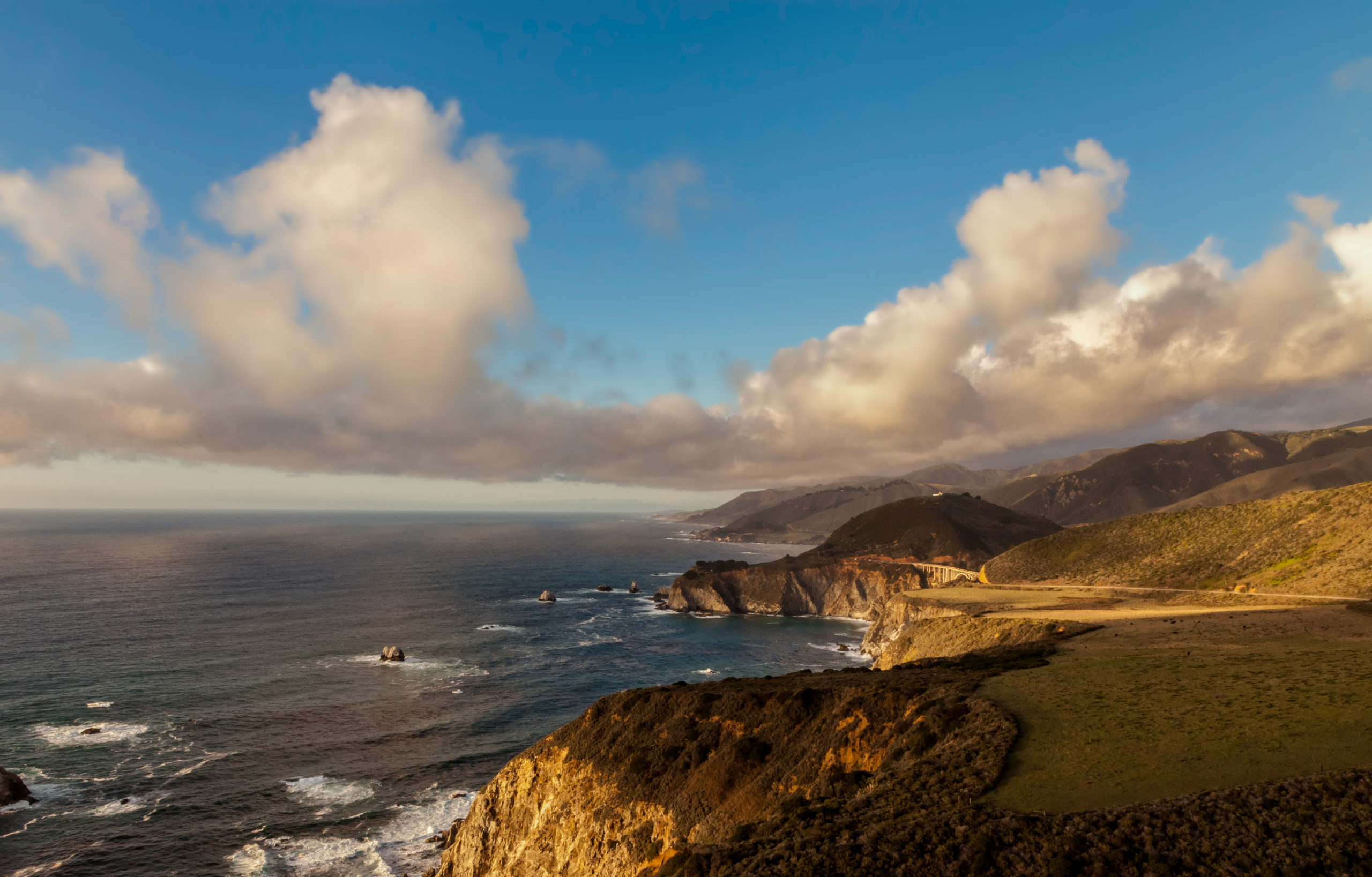
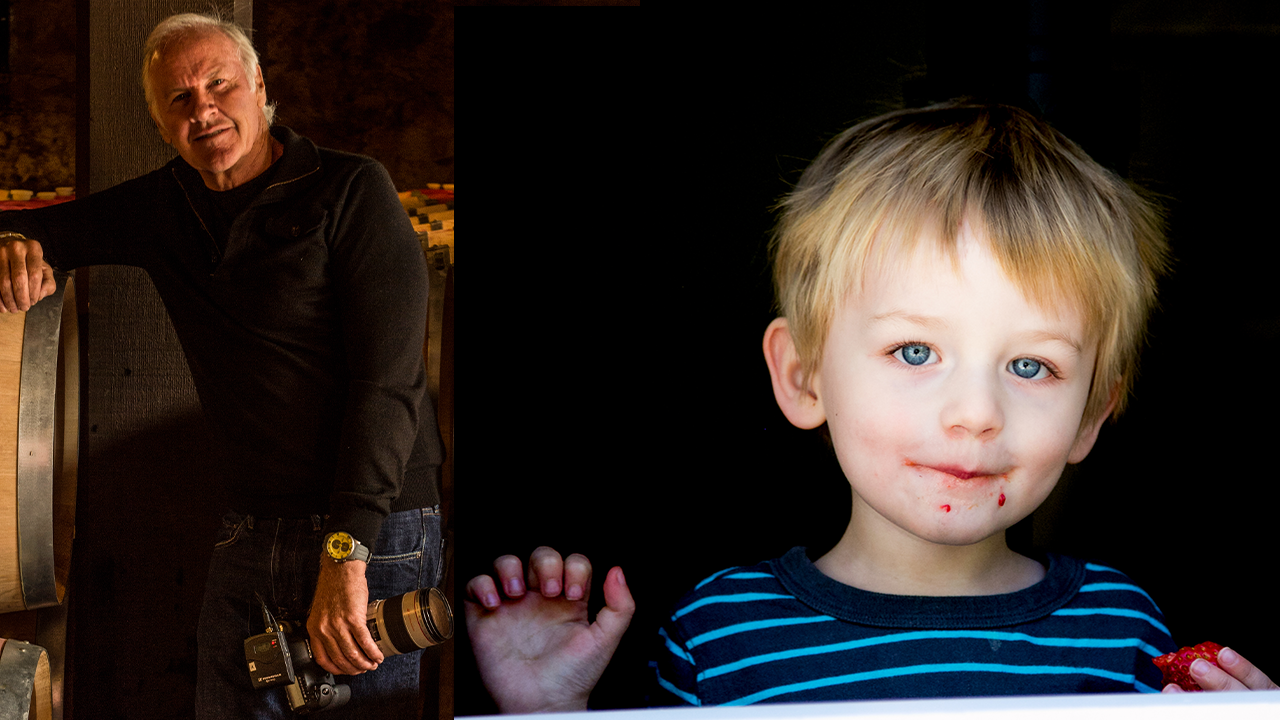
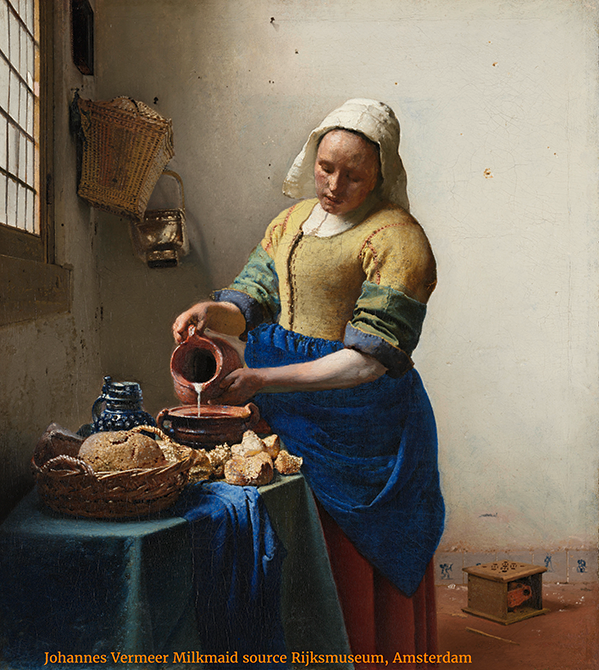
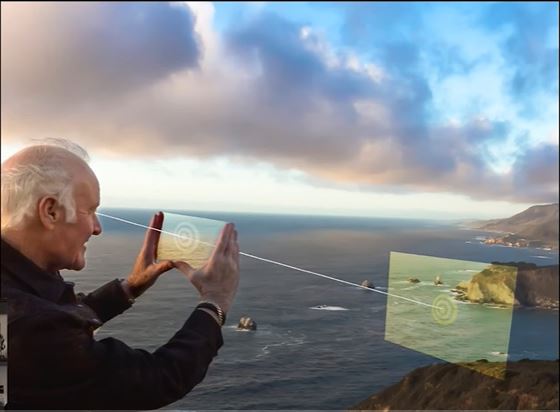
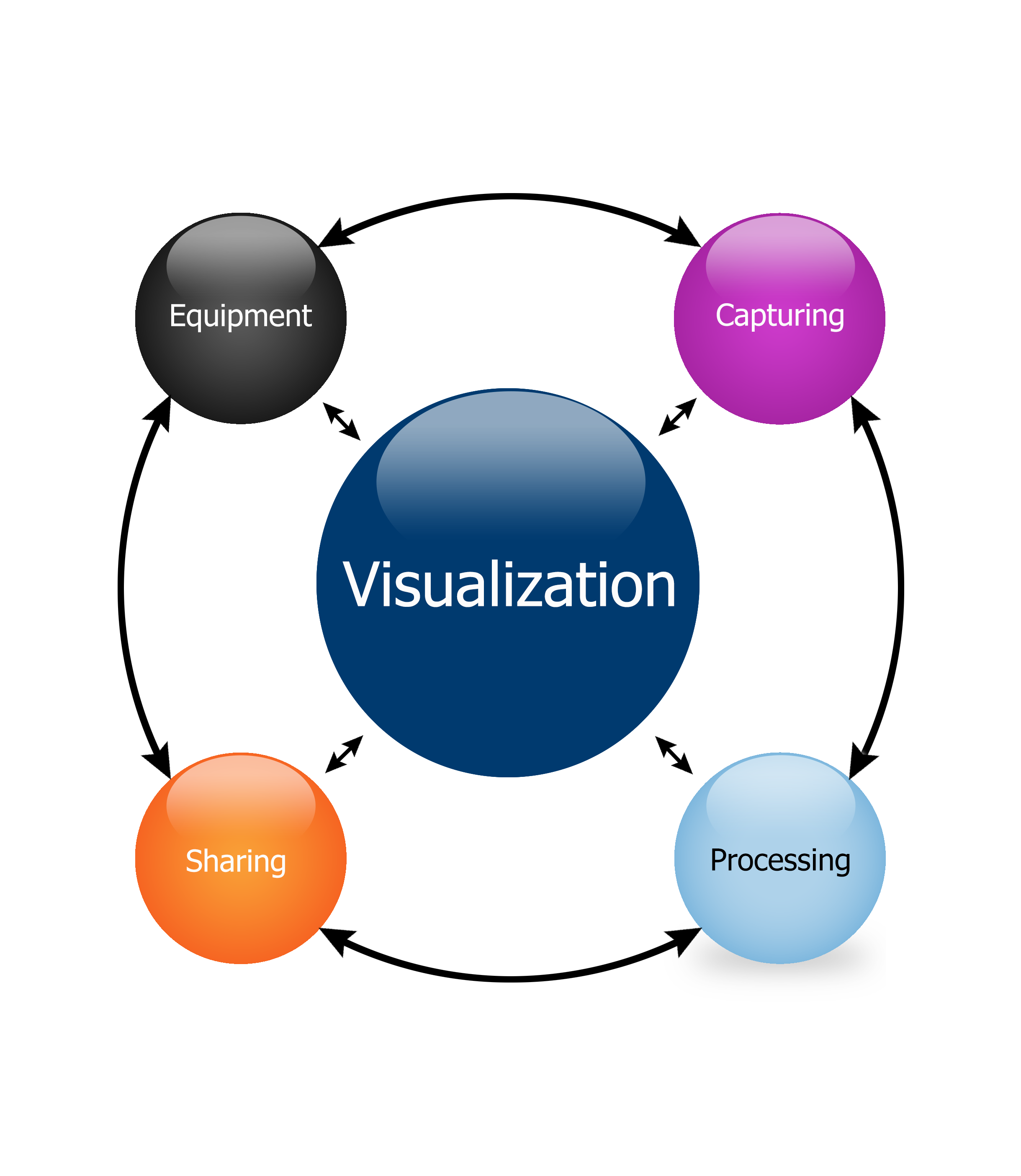
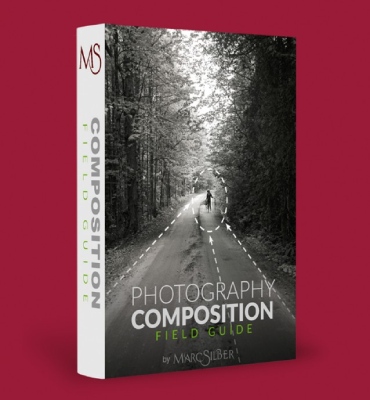
Leave A Comment
You must be logged in to post a comment.